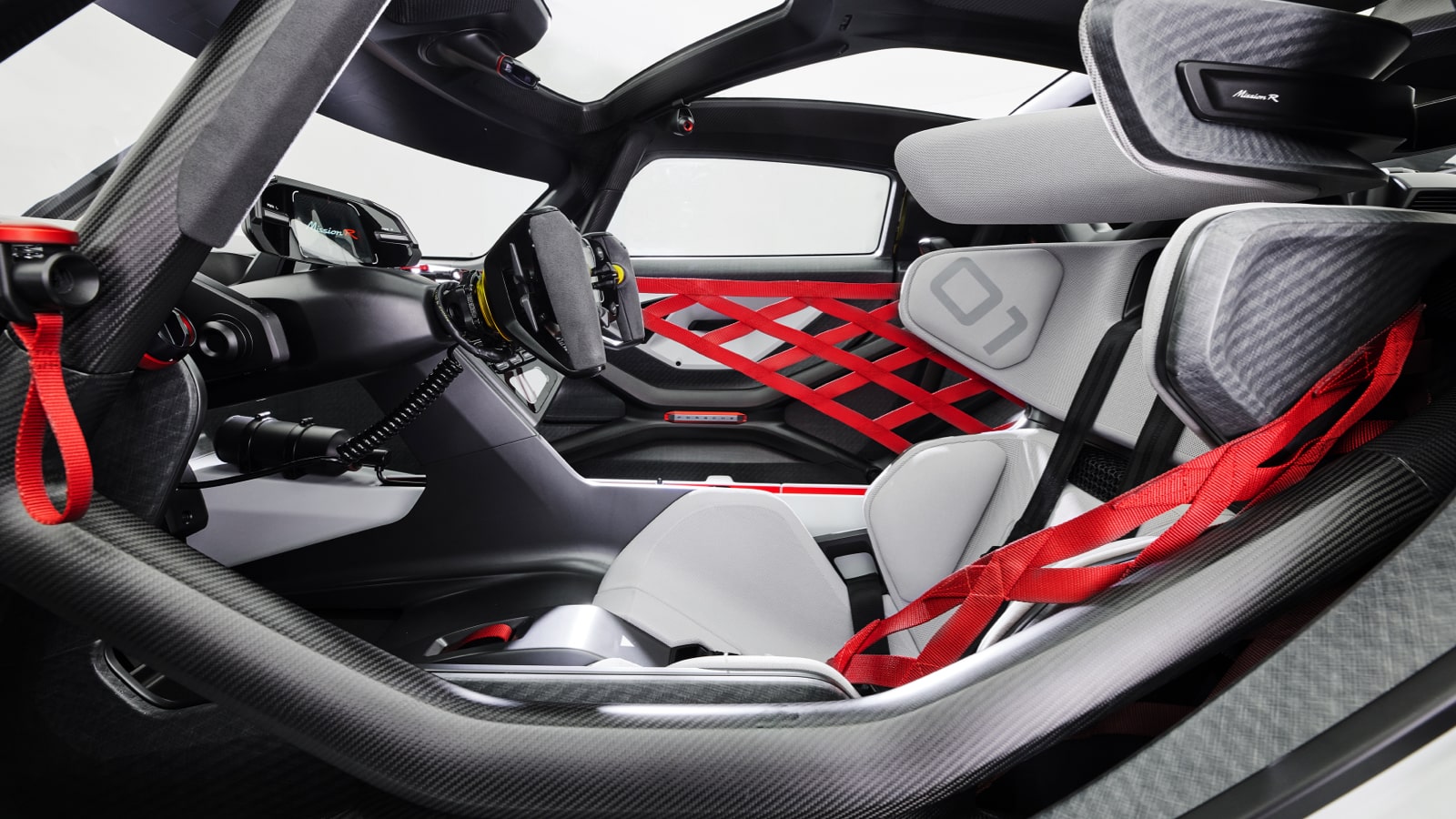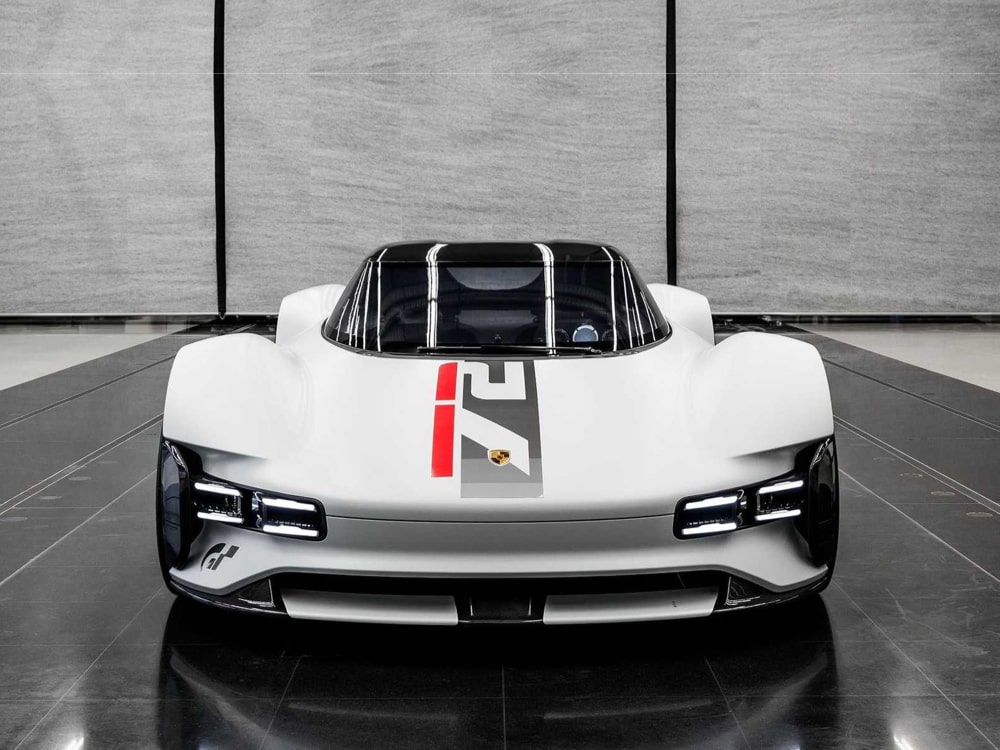Porsche Mission R HMI
HMI Design
Salar Vakili
Porsche Mission R HMI Details
Real racing and esports merge in the Mission R.
Thanks to its monocoque type driver cell designed as a self-contained module allowing it to be used in exactly the same form outside the vehicle as a simulator. This allows the racing driver to prepare virtually for their next race in a familiar environment while racing drivers of tomorrow can take part in esports events.
Driver-focused, staggered arrangement of displays based on importance
Maximum driver focus is the belief of the Mission R. The core displays and controls are located along the same axis, reducing distraction while helping the driver to improve their performance by speeding up their reaction time. The information is hierarchically clustered into three levels:
- Priority One: is given to the 6-inch multifunction OLED racing display. It sits directly between the steering wheel controls and is thus placed in the driver's immediate field of vision. This is where key data such as speed, lap time, tyre pressures or State of Charge (SoC) are displayed. Information on ABS and traction control is also included.
- Priority Two: is given to a second screen is mounted on the steering column behind it. Its curved shape is reminiscent of the Taycan's large central display. This is where the images from the two exterior cameras are combined into a single image. Through this digital rear-view mirror, the driver can see what is happening on both sides and behind his racing car. A third, centrally positioned, rear-facing camera is mounted below the rear window. If radar sensors and cameras detect an imminent collision during the race, the Collision Avoidance System (CAS) alerts the driver to the danger by means of coloured markings on the edges of the race display.
- Priority Three: Is given to a screen to the right of the driver and inclined towards them is a control panel with buttons and an integrated screen. It represents the third information level. This is where the driver's biometric data are displayed. This includes his body temperature, for example, which is detected by sensors in the seat.
Livestream broadcast from inside the car
Two cameras mounted on the roof frame and on a rail above the passenger seat show what is happening inside the car during a race in real time. The live images can be transmitted directly to the community using a livestream button in the control panel. The fans can also communicate directly with the driver.
HMI Gallery

Image source: media.porsche.com
Videos
Related Articles
More HMI Case Studies
Connect with us
HMI Gallery is a collection of case studies showcasing the features, functionality, fonts and iconography of digital interface design in high performance vehicles.
Curated by Ben Morris
Digital Creative






